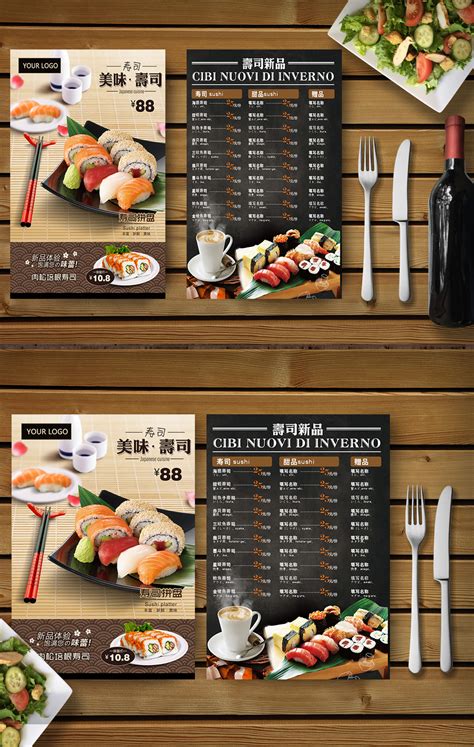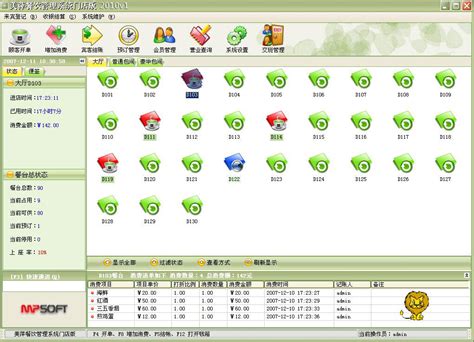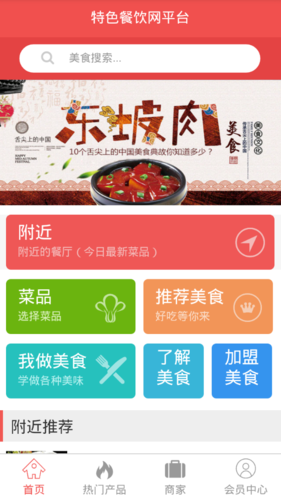Title: Crafting a Compelling Restaurant Menu: Key Ingredients and Strategies
Creating an enticing restaurant menu involves a careful blend of culinary expertise, market analysis, and consumer psychology. A welldesigned menu not only showcases your culinary offerings but also influences customer choices and enhances their overall dining experience. Let's delve into the essential ingredients and strategies for crafting a compelling restaurant menu.
Understanding Your Audience
Before designing your menu, it's crucial to understand your target audience. Consider demographics such as age, gender, income level, and cultural background. Are you catering to families, young professionals, or food enthusiasts? Conduct market research or analyze your existing customer base to identify their preferences and dietary requirements.
Highlight Signature Dishes
Every restaurant has its unique selling points, whether it's a secret family recipe or a specialty dish that keeps customers coming back. Highlight these signature dishes prominently on your menu. Use enticing descriptions that evoke sensory experiences and convey the passion behind each creation. Consider incorporating visually appealing images to tantalize customers' taste buds further.
Offer Variety
A diverse menu ensures there's something for everyone, catering to different tastes, dietary restrictions, and budget preferences. Divide your menu into sections such as appetizers, entrees, and desserts, with a mix of meat, seafood, vegetarian, and vegan options. Incorporate seasonal ingredients to keep the menu fresh and exciting, and regularly update offerings based on customer feedback and market trends.
Mindful Pricing Strategy
Price your menu items strategically to reflect the value proposition while remaining competitive in the market. Use psychological pricing techniques such as charm pricing ($9.99 instead of $10) or bundle pricing (combo meals) to influence purchasing decisions. Avoid excessive use of dollar signs, as research suggests it may remind customers of the cost and detract from the dining experience.
Embrace Descriptive Language
Words have the power to evoke emotions and stimulate appetites. Use descriptive language to paint a vivid picture of each dish, highlighting key ingredients, flavors, and cooking techniques. Incorporate sensory adjectives like "succulent," "crispy," or "decadent" to enhance the perceived value of the dish. Consider including origin stories or chef's recommendations to add a personal touch.
Balance and Flow
Arrange your menu in a logical sequence that guides customers through their dining experience. Start with appetizers or small plates, followed by main courses, and conclude with desserts or beverages. Use formatting techniques such as bold fonts, borders, or icons to draw attention to featured items or specials. Ensure the menu is easy to navigate, with clear headings and concise descriptions.
Seasonal Specials and LimitedTime Offers

Keep your menu dynamic by introducing seasonal specials and limitedtime offers. This not only creates a sense of urgency but also encourages repeat visits as customers look forward to trying new creations. Collaborate with local suppliers or participate in culinary events to showcase regional flavors and support the community.
Interactive Elements
Consider incorporating interactive elements into your menu, such as QR codes linked to digital content like chef interviews, cooking tutorials, or virtual tours of your kitchen. This not only enhances the dining experience but also provides valuable insights into your brand story and culinary philosophy.
Sustainability and Dietary Preferences
Incorporate sustainability practices and accommodate various dietary preferences, including glutenfree, dairyfree, and vegan options. Clearly label menu items with relevant symbols or icons to assist customers in making informed choices. Source ingredients locally whenever possible to support farmers and reduce environmental impact.
Feedback Mechanism
Finally, encourage feedback from customers to continually refine and improve your menu offerings. Provide comment cards or digital surveys to gather insights into their dining experience, including food quality, portion size, and service. Analyze feedback regularly and make adjustments as needed to ensure customer satisfaction and loyalty.
In conclusion, crafting a compelling restaurant menu requires a blend of creativity, market understanding, and customercentric approach. By understanding your audience, highlighting signature dishes, offering variety, and embracing descriptive language, you can create an irresistible menu that delights customers and drives business success.
[End of document]











